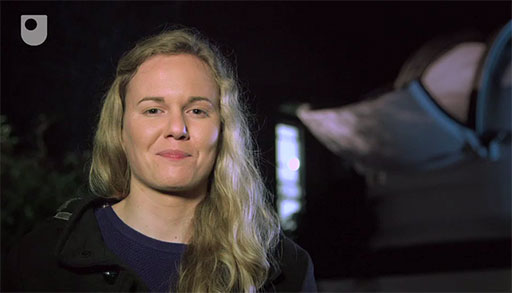Week 2: Looking at moons
Introduction
Like planets, moons can have an internal layered structure: a core, mantle and crust. At Jupiter and beyond, the outer part of each moon is ice that behaves like rock. How do moons get their names?
Jess gives you a heads up on what to expect this week.

Transcript
By the end of this week, you should be able to:
- recognise the structure of a moon and what it’s made of
- understand the significance of ice, and its different forms, in the moons of the outer solar system
- understand how a moon’s surface is altered by comet or meteorite impact.
If you wanted to look into this further, you might find the following links of interest:
- 10 things you should know about moons [Tip: hold Ctrl and click a link to open it in a new tab. (Hide tip)] In December 2015, Oxford University Press invited David Rothery to describe ten key points about moons on video. Here is the result. It sums up much of week 1, and introduces a few things that have not yet come up.
- Planets and moons chat recording. The recording our of live webcast made on Weds 9 March 2016, 19:30-20:15 GMT can be viewed at this link (you will see the video stream only, not the ‘voting widgets’)
